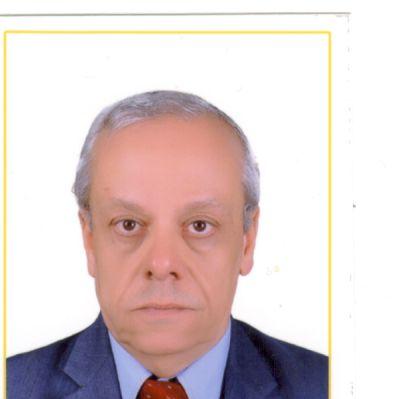Introduction: The origin of reactive oxygen species (ROS) in semen remains controversial. Phagocytic leukocytes present in semen are known to produce high levels of ROS that can overwhelm the ROS-scavenging capacity of seminal plasma and eventually lead to oxidative stress. Although immature spermatozoa have also been shown to produce high levels of ROS, the role of leukocytes in stimulating ROS production by sperm has never been investigated. The objective of this study was to investigate the potential role of seminal leukocytes in enhancing ROS production by sperm.
Materials and Methods: Semen specimens from 48 men attending the male infertility clinic were examined according to the World Health Organization (WHO) criteria. Patients were classified into 2 groups, leukocytospermic (>1 X 106 leukocytes/mL) (n = 16) and non- leukocytospermic (<1 X 106 leukocytes/mL) (n = 32). Samples from normal donors (n = 13) were included as controls. Basal levels of ROS production in the washed cell suspensions (containing both sperm and leukocytes) were measured using a chemiluminescence assay. Results were expressed as counted photons per minute/20 million sperm/mL. Leukocytes were removed from the sperm suspensions using Dynabeads coated with anti-CD45 antibodies. Formyl-methionyl-leucyl-phenylalanine (FMLP) provocation test was used to exclude any
residual leukocyte contamination. Levels of ROS production were determined in leukocyte-free sperm suspensions and phorbol 12-myristate 13-acetate (PMA) was used to assess the residual capacity of pure sperm suspension for ROS production.
Results: High levels of ROS (median, 25% and 75% interquartile range) were seen in the washed cell suspension of the leukocytospermic patients, 177.9 (31.5 to 430.1), versus the non- leukocytospermic group, 2.7 (0.5 to 12.2) (P <0.0001), and in donors, 0.4 (0.1 to 2.5) (P <0.0001). ROS levels decreased significantly in pure sperm suspensions following leukocyte removal in the leukocytospermic group, 3.2 (0.65 to 6.8), but were still significantly higher than the non-leukocytospermic group, 0.31 (0.09 to 1.2) (P = 0.002), and the donor group, 0.06 (0.01 to 0.2) (P = 0.001). PMA stimulation increased the ROS levels in the leukocytospermic group, 9.2 (2 to 373.7), compared to the non-leukocytospermic group, 0.94 (0.3 to 2) (P = 0.0003), and the donor group, 0.1 (0.03 to 0.1) (P = 0.0002). A positive correlation was found between seminal leukocytic counts and ROS levels in pure sperm suspension (r = 0.54, P <0.0001) and after PMA stimulation (r = 0.56, P <0.0001).
Conclusions: Our results demonstrate a strong correlation between leukocytospermia and increased potential for ROS production by spermatozoa as indicated by high PMA response. In conclusion, the contribution of leukocytes to ROS production in semen appears to include not only the direct release of ROS by these cells, but also the release of ROS by leukocyte-stimulated sperm. Studies are underway to elucidate the mechanism by which seminal leukocytes stimulate ROS production in human spermatozoa.


